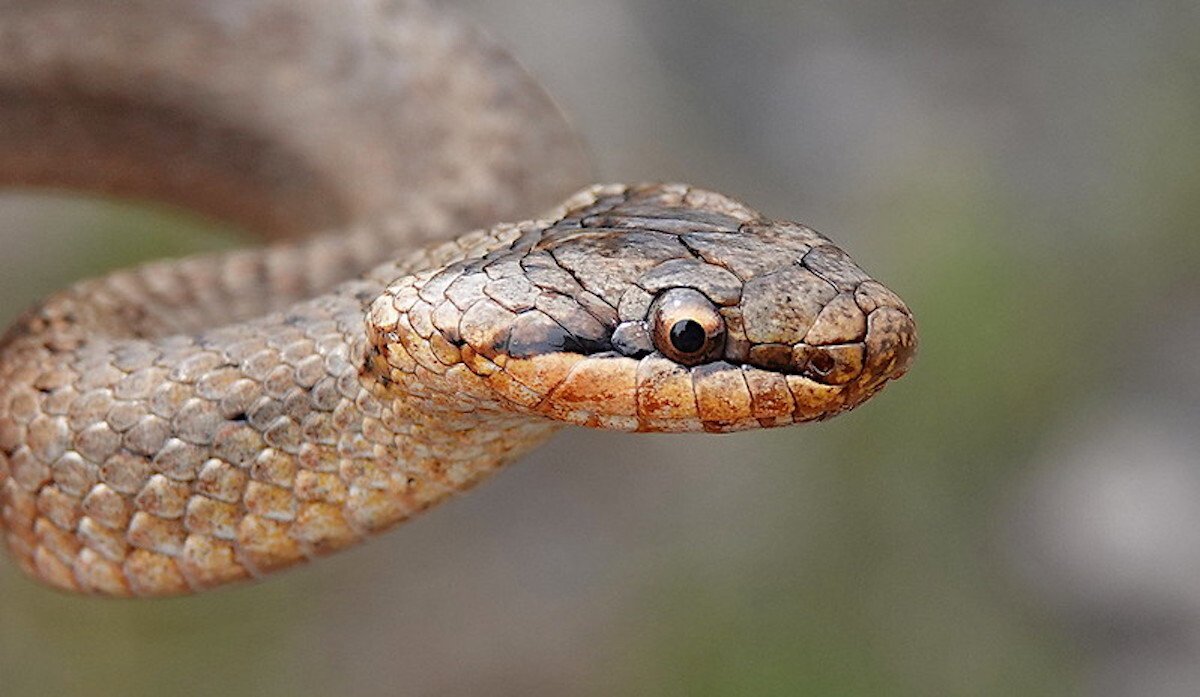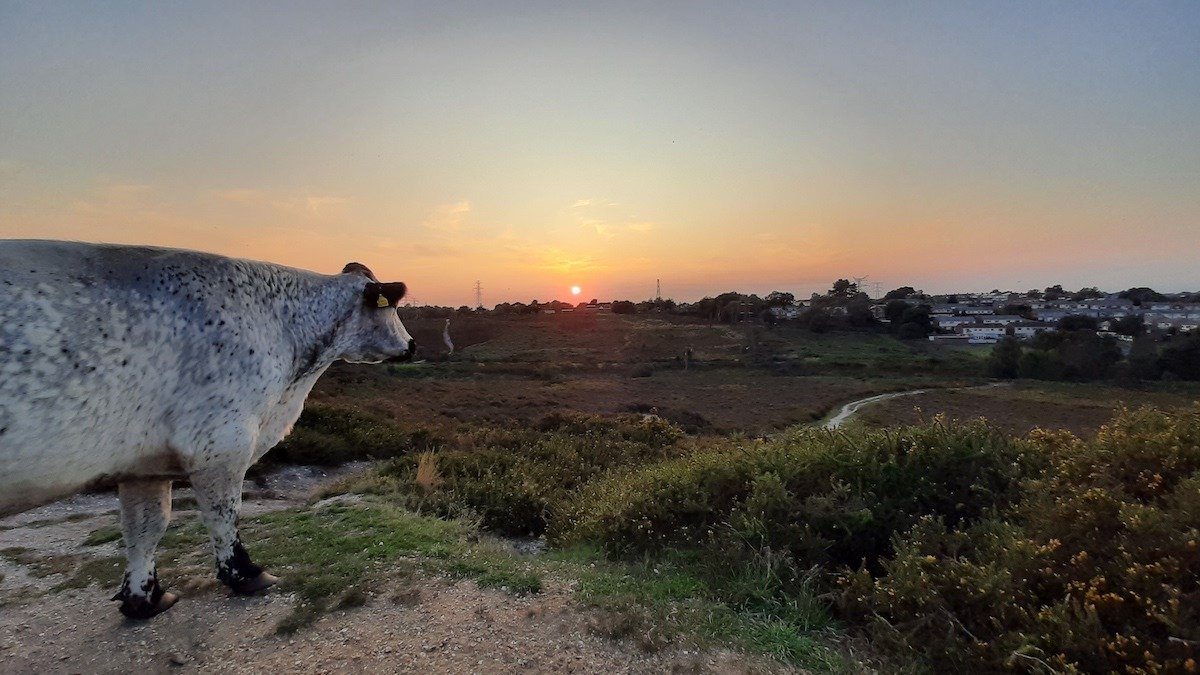
At the heart of Bournemouth and Poole lies an extraordinary 37 hectare fragment of the once Great Heath that stretched uninterrupted from the Purbecks to the New Forest. Eighty per cent of heathland has been lost since 1800 and today the UK is the custodian of 20 per cent of this remaining habitat worldwide.
Talbot Heath is predominantly a lowland heathland nature reserve at the southern end of the Bourne Valley, and is the last such example of precious heathland within our ever-expanding conurbation that has not yet been completely encircled by development on its margins. Conservation designations: Site of Special Scientific Interest; Ramsar Wetland of International Importance (named after the Iranian city where the convention was signed in 1971); Special Area of Conservation; and a Special Protection Area under the European Union Directive on the Conservation of Wild Birds are an indication as to the rich and in some cases highly specialised habitat-specific wildlife that thrive on this nature reserve.
As a naturalist and volunteer licensed herpetologist for the Amphibian and Reptile Conservation Trust, I have had the privilege of undertaking ongoing research of Talbot Heath’s reptiles since May 2014. Over eight years I have submitted thousands of verified wildlife recordings on public record at the Dorset Environmental Records Centre.
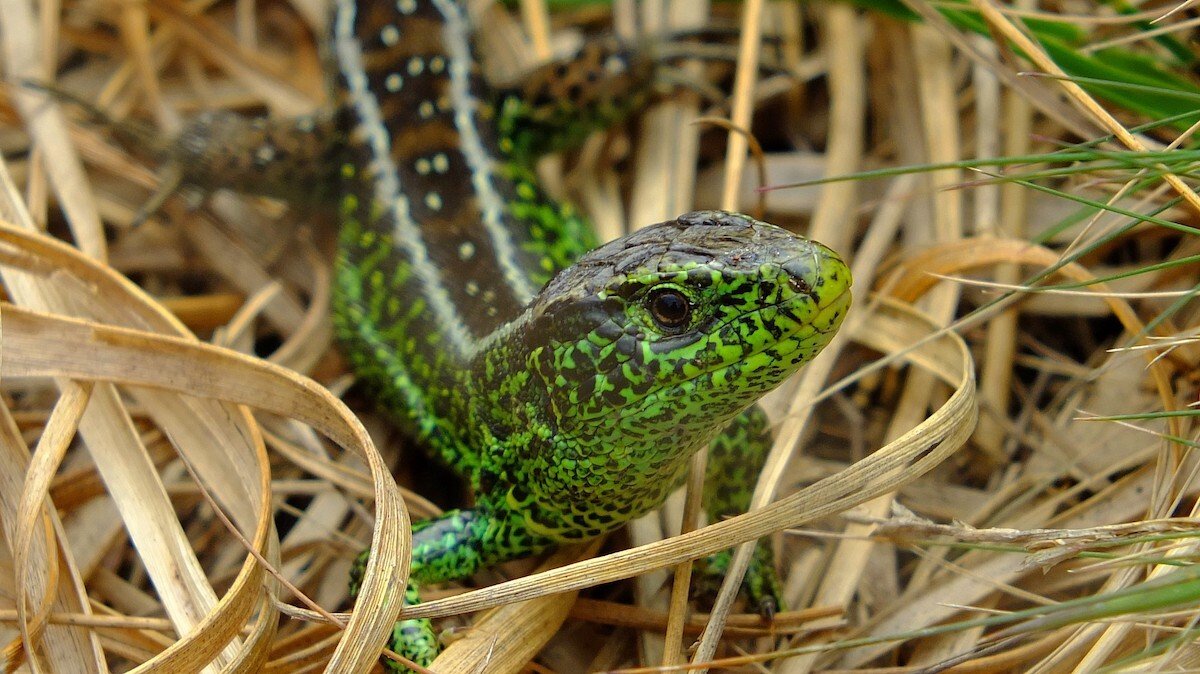
Recorded to date, by way of a few illustrative highlights:
- 88 species of bird – 19 of which are on the UK Birds of Conservation Concern Red List;
- 26 butterfly and 19 dragonfly/damselfly species – three of which are listed in Section 41 (priority actions needed) of the Natural Environment and Rural Communities Act;
- eight of the 17 UK bat species; and
- five of the six UK native reptiles.
Talbot Heath still boasts a healthy population of the European protected sand lizard (Lacerta agilis) and several breeding pairs of Dartford warbler (Sylvia undata), but sadly a remnant population of smooth snake (Coronella austricae) went locally extinct circa 2001 in a corner of the reserve where Bishop Aldhelm’s Primary School now stands.
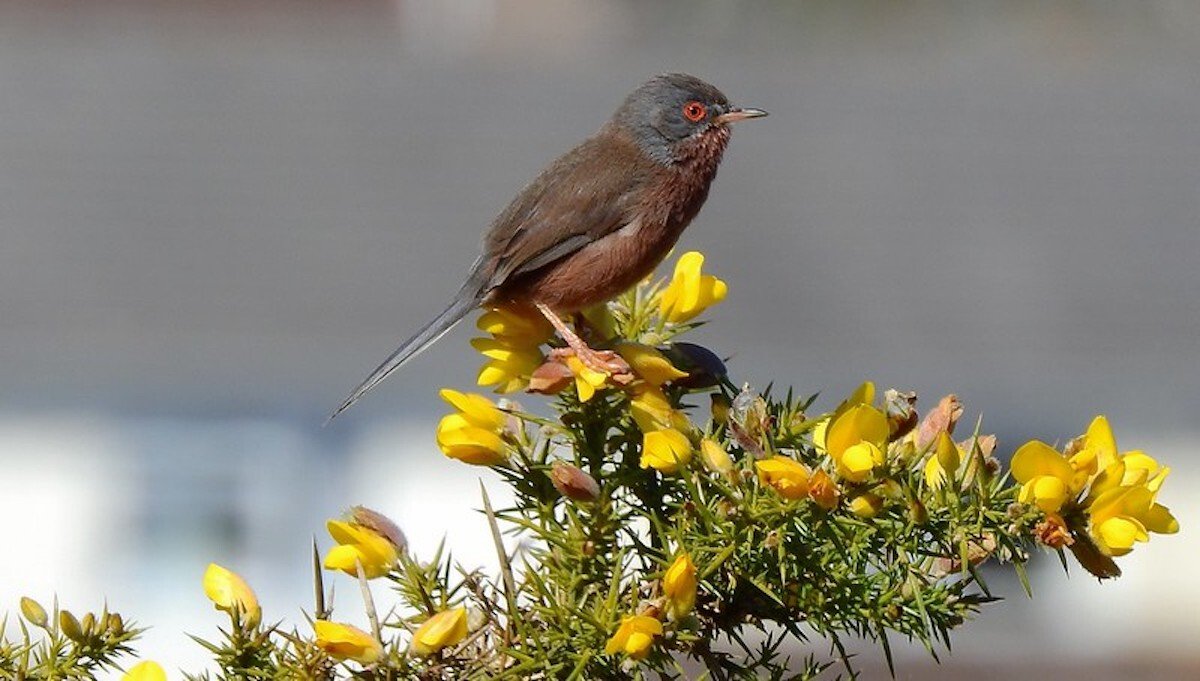
Perhaps one of the most endearing Talbot Heath wildlife success stories is that of the nightjar (Caprimulgus europaeus). These remarkable nocturnal birds undertake a 6,000 mile round trip from sub-Saharan Africa to nest on our Dorset heathlands. In recent years their appointed ecologists led the former Poole (now BCP) Council to believe that Talbot Heath was at best a foraging ground for nightjar. In 2019 we recorded four nests, and eight chicks were ringed and successfully fledged. In 2020 we managed to locate two nests and four chicks were ringed and fledged. Not only did one of the adults return to precisely the same nesting spot two years in succession, but their offspring were recorded foraging by nightjar researchers on Canford Heath. It is an utterly amazing experience to hear the primordial churring of nightjar at dusk on a mid-summer’s evening in the heart of Bournemouth and Poole.
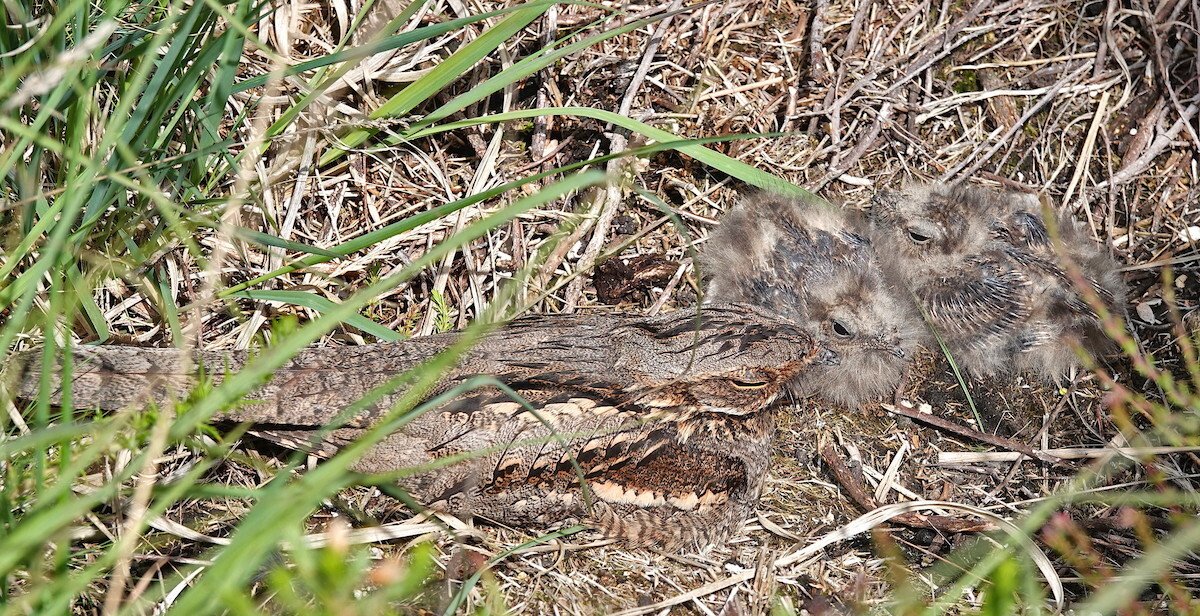
Talbot Heath Nature Reserve is owned by BCP Council and a charity called Talbot Village Trust (TVT). The eastern edge of Talbot Heath is bordered by the wonderful pastoral scenes of Highmoor Farm and is also owned by TVT but leased to a tenant grazier for their Highland cattle and other livestock. Biodiverse rich in its own right, these fields are brimming with insects and invertebrates and attract a year-round panoply of resident and migratory bird species, as well as foraging badgers, bats, hedgehogs and roe deer.
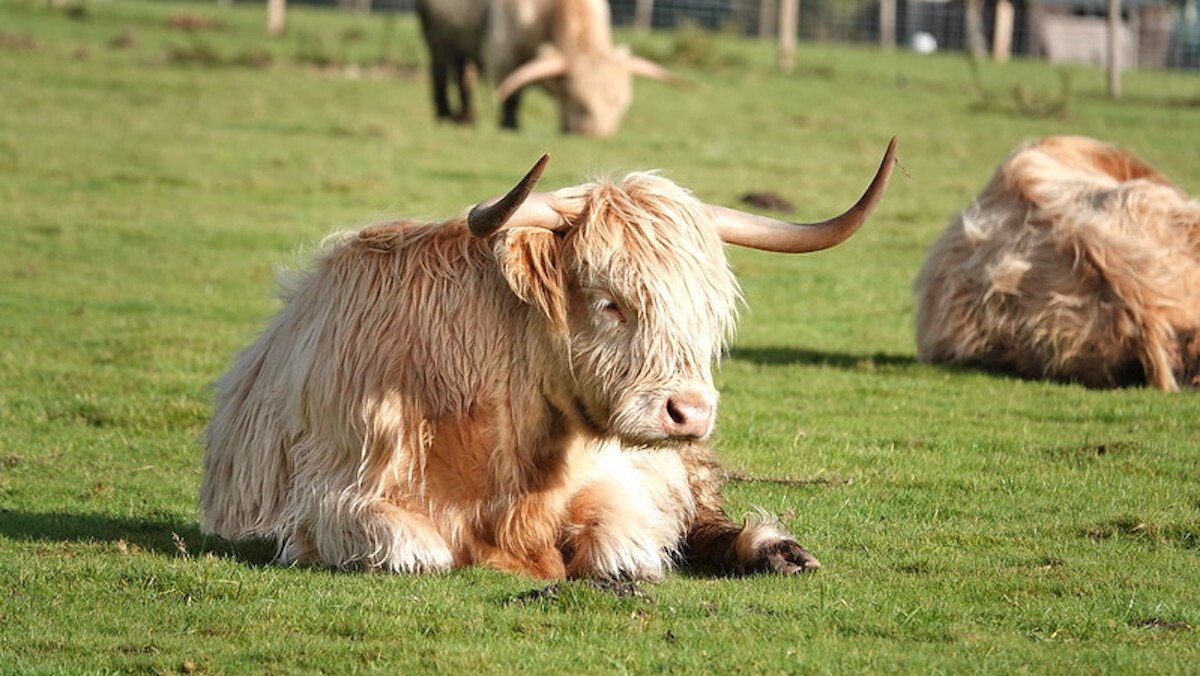
Fast forward to 2021, TVT has submitted a planning application to convert 12 hectares (about half) of Highmoor Farm into a Heathland Support Area. On the face of it this seems altruistic, until one realises that its purpose is to fulfil an obligation in the Poole Council Plan (2018) that earmarked the remaining half of the farm as a Business Park aimed at attracting 1,780 commuters a day.
The alarming aspect is that at no point since at least 2012 have any of the Business Park vested stakeholders ever commissioned an Environmental Impact Assessment of Talbot Heath or Highmoor Farm. This is extremely hard to countenance when the National Planning Policy Framework, and indeed the local council plan, require demonstrable net gains in biodiversity through the planning process. This cannot be achieved when no footfall analysis, no formal species baseline studies and no robust systems of monitoring have been undertaken, or even proposed.
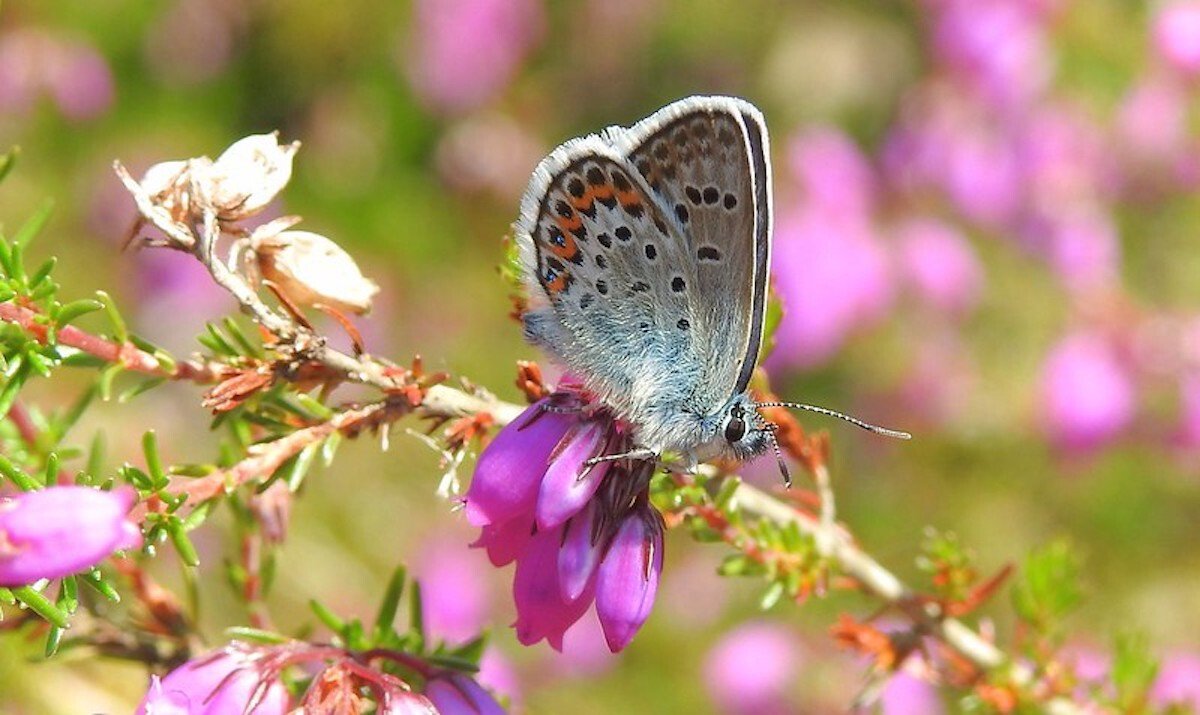
Preserve Talbot Heath Facebook Group has over 1,000 members and local resident associations are lobbying BCP Council to safeguard Talbot Heath and Highmoor Farm’s wildlife in perpetuity. Scientific research has proven that pristine habitat nature reserves brimming with more varied wildlife have a significantly greater effect on improving public well-being compared to architect designed formal parklands.
If we have learned one thing in lockdown it is the value of accessible nature and the need to protect that legacy for the well-being of future generations.
